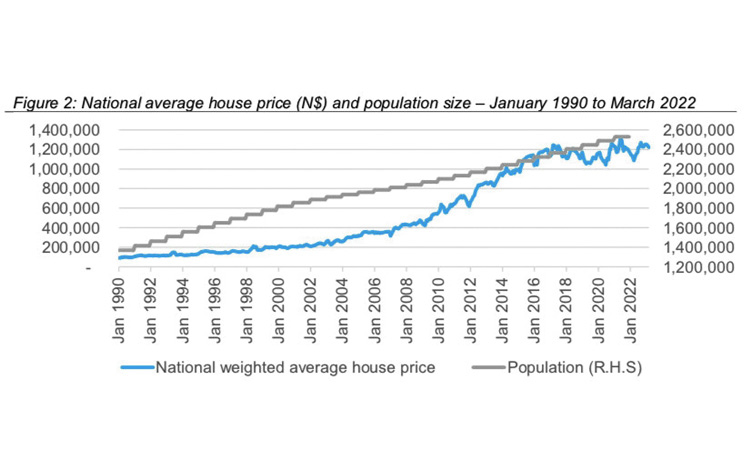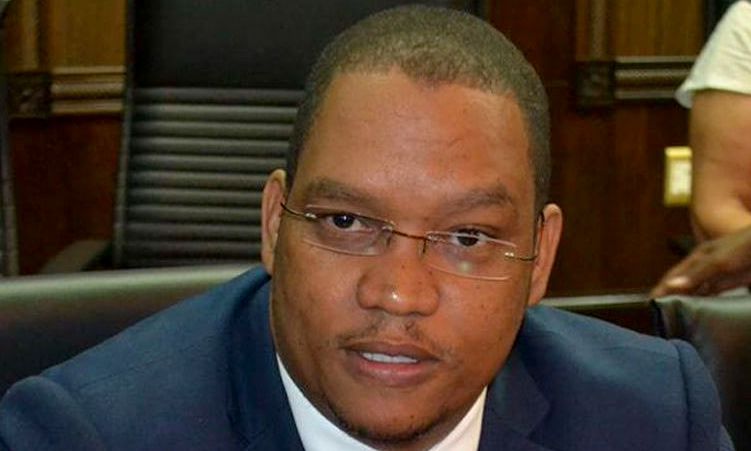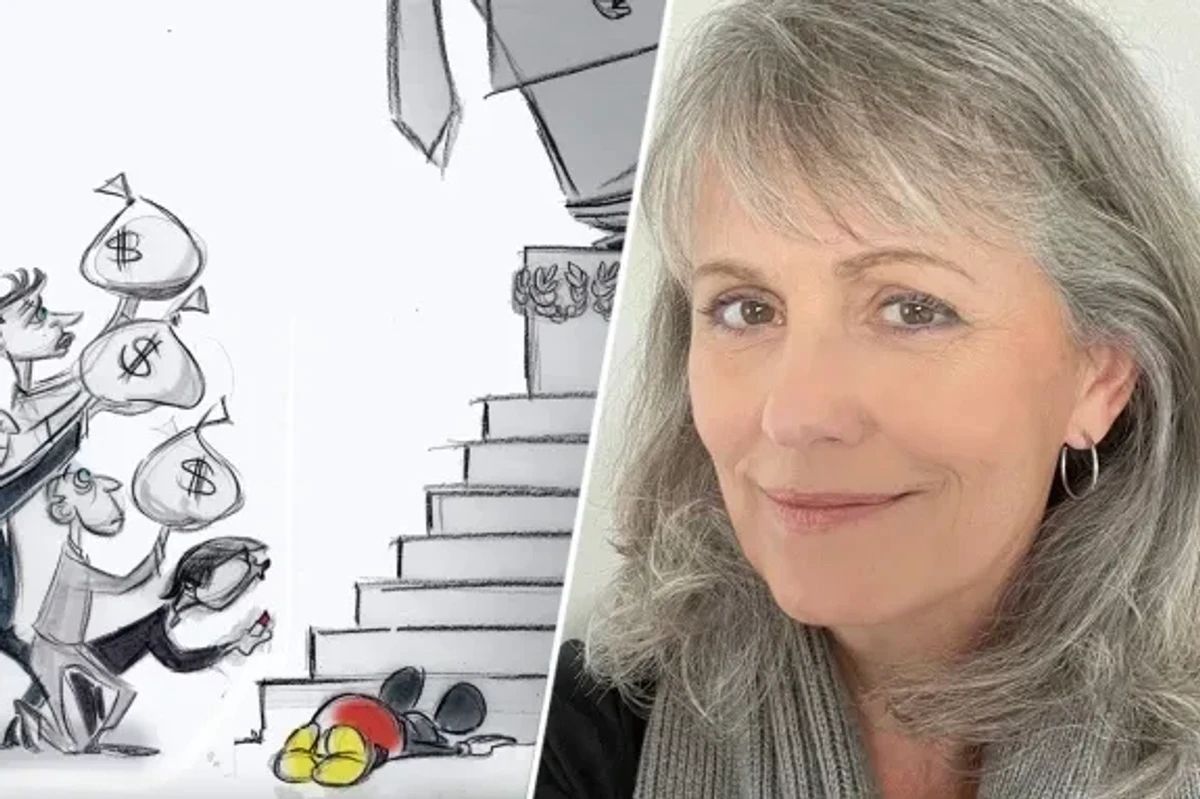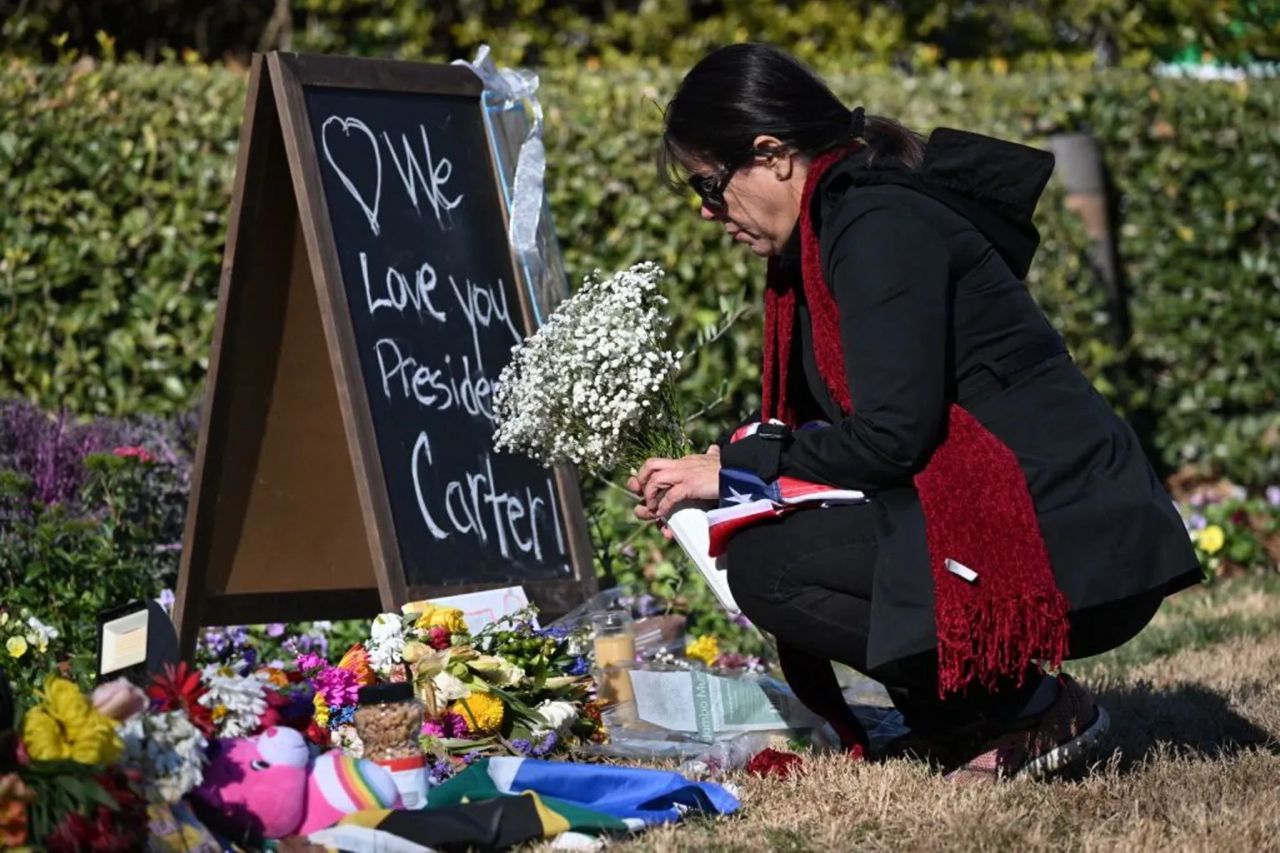A house is one of the most significant assets an individual can own, but the average price of houses in Namibia has shot through the roof.
Increasing by 1 258% between January 1990 and March 2023, owning a house is now beyond the reach of most young people.
According to a Namibian housing and property overview by economic analysts Simonis Storm Securities, this means the average house price in the country is at least 13 times what it was at independence.
“This implies that young people between the ages of 18 and 35 would today pay 13 times the price their parents paid for their house, and may likely not be able to afford buying houses for themselves,” Simonis says.
The country’s youth has also been let down by an estimated youth unemployment rate of close to 60%.
According to Simonis, the housing sector, like tourism, ironically has one of the widest-reaching value chains, benefiting construction, engineering, architecture, building material retailers, manufacturers of building materials, manufacturers and retailers selling household goods such as electronic appliances and furniture, real estate agent, and banks.
However, its support for business comes in cycles. Between 1990 and 2000, average house prices increased by 8% on an annual basis.
This average annual increase rose to 10% between 2000 and 2010, and 15% between 2010 and 2015. Since 2015, average house prices have increased by only 2% on an annual basis until 2023.
Simonis says due to a lack of data, it is difficult to ascertain whether the average salary has kept appropriate pace with in-pocket inflation or house price increases.
According to available data, central Namibia has recorded the fastest growth in average house prices, followed by the coast and the northern and southern regions.
However, the gap between coastal and central house prices has narrowed in recent months after widening between 2016 and 2022, the analysts say.
Simonis adds that according to the latest data for the first quarter of 2023, houses are most expensive at the coast, with the average house being N$1,6 million, followed by the average price in the central regions of N$1,5 million, the north at N$869 000 and the south at N$795 000.
The green hydrogen, oil and gas projects planned for Lüderitz and Oranjemund have quadrupled house prices in the last 12 months due to simultaneous housing shortages and increased demand.
“A house valued at N$350 000 has been sold for N$1,4 million at Lüderitz, and similarly, a house valued at N$400 000 has been sold for N$1,2 million at Oranjemund,” the analysts say.
At Lüderitz, other economic activities like salmon farming, kelp production, fishing activities, wind power stations and tourism push up the housing demand.
Namdeb also wants more workers for its mining innovation projects and needs more housing at Oranjemund to accommodate these workers.
“These developments explain why the southern area has overtaken the north in average house prices in recent years,” Simonis notes.
The number of house purchase transactions recorded by the Deeds Office is volatile and used to average 165 per month in the 1990s and 2000s, and increased to 243 between 2000 and 2010, and 303 transactions between 2010 and 2023.
According to FNB data from the Deeds Office, the sale of new plots/erven has been volatile since 2010.
While house prices were rising between 2010 and 2017, an average of 65 plots were sold each month.
This monthly average increased to 106 post 2017 when house prices started flattening out.
According to Simonis, increasing the supply of serviced plots is the quickest solution to addressing housing affordability in Namibia.
The analysts say after the government embarked on a fiscal consolidation path in 2015, the construction sector suffered a major loss in output and has never recovered since.
To escape the housing price dilemma, many people have taken to renting as an alternative, and over the years, investors have built accommodation units for the purpose of renting them out.
But according to Simonis, similar to house prices, rental prices increased steadily between 1990 and 2015, and plateaued thereafter.
Houses with more than three bedrooms recorded the largest increase in rent over the last 20 years, rising by 11,3% on average per year.
“Interestingly, single-bedroom houses observed the second-largest rent increase, rising by 6,8% on average each year, compared to 6,4% for two-bedroom houses, and 6,3% for three-bedroom houses,” Simonis says.
The fact that single-bedroom houses experienced higher rent increases than multiple-room units supports the notion that there is a stronger desire to live alone, given that people marry at a later age.
The average monthly rent across Namibia increased by 191% between January 2002 and March 2023, almost tripling over the last 20 years.
The uncertainty around interest rate hikes is pushing some households which cannot afford home loans to rather opt to rent a property than buying one.
According to data compiled by the Centre for Affordable Housing Finance in Africa (CAHF), Namibia has the highest share of mortgages relative to the size of its economy.
The only African country that is close to Namibia regarding this issue is Cape Verde, with all other African countries being far below Namibia’s 23,8% ratio.
Across Africa, interest rates are high, requirements for home loans are restrictive, and although repayment periods have been increased, monthly affordability remains constrained, according to the CAHF.
Estate agent Anna Henock said young professionals are finding it hard to buy houses because their salaries do not allow them to qualify for bank loans.
“Most fall in the range from N$600 000 to N$1,2million but decent three-bedroom houses are around N$1,6m to N$2m, so they do not qualify,” she said.
Henock said estate agents try to negotiate with sellers to bring down house prices.
She said most people are not keen to buy flats because they prefer free-standing houses they can later extend.
She also said as a result of the high cost of houses, young professionals end up opting to rent rather than buy houses
Swapo Party Youth League secretary Ephraim Nekongo says the situation is so dire that most young people in Namibia will never be able to afford houses.
He blamed this on capitalism.
“Inflation and interest rates are pushing prices up, because building materials are expensive. If we try to mould our own bricks in Windhoek, like we do in the north, white monopolistic companies would oppose it, saying we are pushing them out of business,” he said yesterday.
Nekongo also blamed commercial banks for continuously hiking interest rates on houses.
“Instead of cutting rates they will want to extend the repayment period and reduce the repayment. But after some time that reduced repayment will increase again because of rising interest rates.” He called for a control on houses prices.
– email: matthew@namibian.com.na
Stay informed with The Namibian – your source for credible journalism. Get in-depth reporting and opinions for
only N$85 a month. Invest in journalism, invest in democracy –
Subscribe Now!








